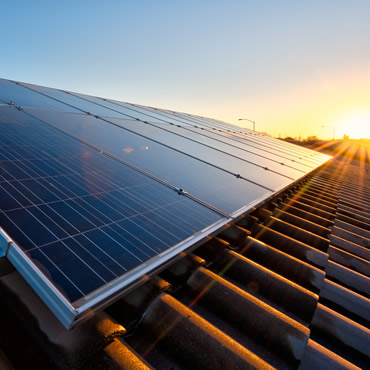How Does Energy Storage Work?

Energy storage uses different technologies to store energy. Pumped-hydro, Compressed air, Gravity, and Photovoltaics are some of them. The main difference between these technologies is their charge and discharge cycles. During times when the sun doesn’t shine or the grid is down, energy storage will discharge the stored energy to meet the facility’s electric needs.
Pumped-hydro
Pumped-hydro energy storage is a form of alternative energy storage. It utilizes two water reservoirs, one below the other, separated vertically. Water is pumped from the lower reservoir to the upper reservoir during off-peak hours, then reversed when needed. The water then flows through turbines to create electricity.
The use of pumped-hydro energy storage can help countries increase their renewable energy generation. Increasing the proportion of renewables will require significant amounts of storage, especially when they are intermittent, such as wind and solar energy. However, there are other complementary technologies to address the need for energy storage.
Compressed air
Compressed air can be used to store energy. It is a natural energy storage material that can be used to power a variety of applications. For instance, a pneumatic motor uses compressed air to drive its wheels. It can also provide additional heat by burning fuel. These properties can make compressed air a great source of energy storage at any time of the day or year.
Compressed air systems have a long history, dating back to the 1870s when cities like Paris and Birmingham built citywide compressed air energy systems. The first systems were designed to power clocks, but the technology soon advanced to deliver electricity to homes and industries. The Paris system, for example, had 2.2 MW of generation and 50 kilometers of air pipe. The compressed air was used to power light industry motors.
Gravity
Scientists have been exploring the role of gravity in storing energy and a revolutionary concept called a gravity battery has been proposed. This concept utilises the natural forces of gravity to store energy by changing the height of heavy objects. As these objects rise, their potential energy increases and decreases, resulting in an energy flow.
The technology aims to reduce costs by converting gravitational potential energy into usable energy. This can be used in a variety of applications. One example is pumped hydro storage, where water is pumped to a height of a few meters and the energy is stored as gravitational potential energy. The energy is recovered as the water flows down, and the electricity generated by the water turbine is used to drive a generator.
Photovoltaics
Photovoltaic systems use batteries to store excess energy and can be installed in a variety of configurations. They can be used as standalone sources of power or as part of hybrid systems or grid connect systems. Their lifetime largely depends on the battery chemistry and the number of charge-discharge cycles.
Storage systems are primarily used for powering backup purposes. Residential systems typically use a DC-DC power converter to transfer PV power to a small battery energy storage system. The system then prescribes a daily operation pattern based on the load characteristics of the homeowner, the characteristics of the PV power generator, and the power-leveling demand of the electric utility. The system then uses this pattern to determine which operation mode is best for the home.
Nuclear fuel
The basic principle behind nuclear fuel is simple: it uses nuclear energy to produce electricity. One tonne of natural uranium can produce about 44 million kilowatt hours of electricity. This is comparable to the energy generated by burning over 20,000 tonnes of coal or 8.5 million cubic metres of gas. However, a fast reactor has the added advantage of recycling used fuel.
A commercial nuclear power plant contains one or more reactors, ranging in size from 60 to 1,000 megawatts. Some plants contain several reactors, such as the Palo Verde plant in Arizona, which has three reactors with a combined 1,334 megawatt capacity. In addition, some foreign reactor designs use other coolants than water, such as gas. For example, one plant in Colorado used helium gas as its coolant.
Chemical energy storage
Chemical energy storage involves utilizing chemical species for energy storage and extraction. This can be done through various techniques such as physical sorption, chemical sorption, intercalation, electrochemical energy storage, and chemical transformation. The storage of chemical energy has many potential applications in the energy and transportation sectors. These methods can be used to produce synthetic fuels from sustainable energy sources, which can be used as replacements for petroleum products.
PNNL’s expertise in chemical energy storage supports a variety of U.S. Department of Energy offices, including the Office of Fossil Energy and the Bioenergy Technologies Office. These capabilities have contributed to the development of hydrogen production technologies and fuel cells, as well as storage infrastructure and materials.
EVs
The rise of electric vehicles is impacting the power grid in several ways. For starters, EVs consume more electricity than traditional vehicles, causing increased demand for electricity generation and greater air pollution. They also place pressure on the electric grid, which will need to add extra generation capacity and increase transmission and distribution systems.
As a result, the development of energy-efficient electric vehicles (EVs) is a priority worldwide. To be able to achieve this goal, EVs will need to use energy storage devices. These devices store energy in a variety of ways. One of these ways is through batteries. However, the problem with electrochemical batteries is that they have a lower specific energy and power. Moreover, having a large number of batteries on a vehicle will increase its weight and reduce its performance.

